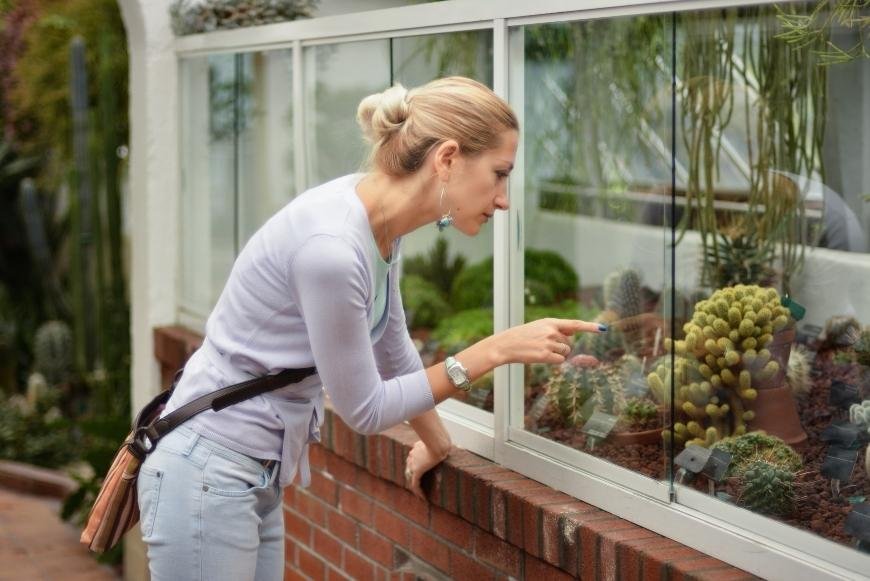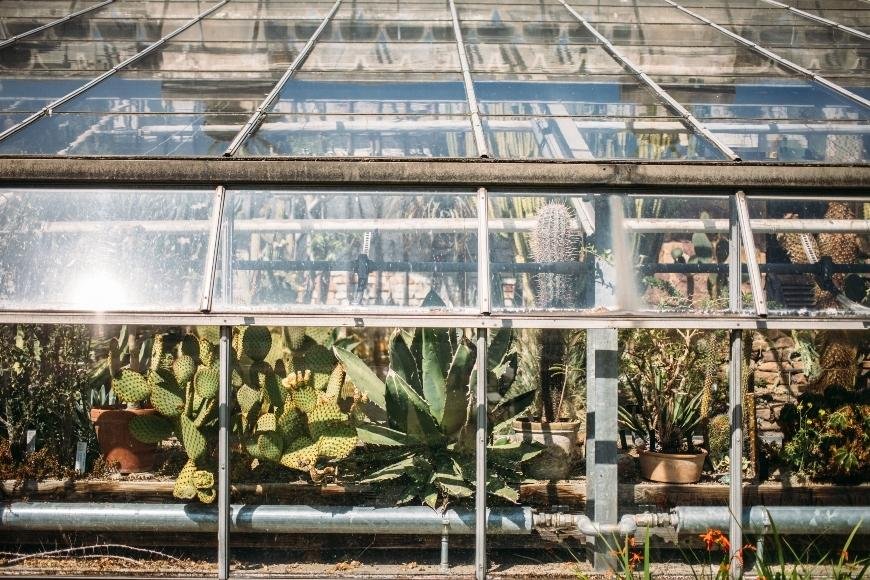How to Grow San Pedro
Discover the secrets of how to grow San Pedro cactus with our comprehensive guide for beginners, covering location, soil preparation, planting, and more!

How to grow San Pedro? This popular columnar cactus, known scientifically as Echinopsis pachanoi or Trichocereus pachanoi, is not only an ornamental beauty but also holds a special place in the world of natural psychoactive substances. In this guide, we'll provide all the information necessary to successfully grow San Pedro cacti in any environment.
From selecting the perfect location for your cactus – whether grown indoors or outdoors – to preparing well-draining soil and ensuring proper care throughout its growing season, our expert tips will help you successfully cultivate these fascinating plants. We'll even delve into how to harvest and prepare them for their mind-expanding properties.
Ready to embark on your journey into the world of San Pedro cultivation? Keep reading as we dive deep into every aspect of growing these remarkable South American natives.
Table of Contents:
- Choosing the Perfect Spot
- Soil Preparation for San Pedro Cactus
- Harvesting Your San Pedro Cactus: When and How
- Conclusion
Choosing the Perfect Spot

For a thriving San Pedro cactus, selecting the right location is key, considering factors such as sunlight exposure, temperature, and humidity.
- Sunlight: Aim for 6-8 hours of direct sunlight daily, but provide shade during peak hours in hot areas.
- Temperature: San Pedro prefers warm climates but can tolerate cooler temperatures down to 20°F (-7°C) for short periods.
- Humidity: Moderate levels work best; avoid overly damp environments and ensure proper air circulation.
High humidity can cause fungal infections and rot, so it's essential to maintain moderate levels. If you live in colder regions, growing San Pedro indoors may be more suitable.
Once you've found the perfect spot, prepare the soil and start planting. Remember, selecting an appropriate location is crucial for growing healthy plants capable of producing potent harvests.
Soil Preparation for San Pedro Cactus
San Pedro cactus loves well-draining soil that retains some moisture without getting waterlogged.
- Start with a high-quality potting mix as your base.
- Add pumice or perlite in a 1:1 ratio to improve drainage and prevent root rot.
- Mix in coarse sand in a 1:2 ratio to further enhance drainage and provide support for the roots.
Thoroughly combine these ingredients in a large container or wheelbarrow and avoid using fine sand that can reduce drainage efficiency.
If planting directly into the ground, loosen up any compacted earth and consider creating raised beds for better drainage.
Test the pH of your soil mix and adjust with amendments like lime or sulfur to achieve a slightly acidic to neutral pH range between 6.0 and 7.0.
Planting
Ready to grow your own San Pedro cactus and reap the rewards? Follow these steps:
- Select healthy cuttings: Choose a healthy San Pedro cutting with no signs of rot or disease, and at least one or two pups for faster growth.
- Allow cuttings to callus: Let the cut end of the cutting dry out and form a callus by placing it in indirect sunlight for about two weeks to prevent rotting.
- Dig holes for planting: Dig holes deep enough to accommodate the bottom third of each cutting, spacing them at least three feet apart for future growth.
- Add rooting hormone (optional): Dip the dried end of each cutting into rooting hormone powder before planting to encourage root development and improve overall plant health.
- Place cuttings in holes: Carefully place the callused end of each cutting into its prepared hole and fill with soil mix, keeping the pups above ground level for proper growth.
- Stabilize your plants: Prevent your San Pedro cacti from tipping over as they grow by using stakes or other support structures to hold them upright until their root system develops.
Remember that San Pedro cacti are slow-growing, so patience is key - it may take several months for your cuttings to root and begin showing signs of growth. However, once they start growing, you'll be well on your way to a thriving San Pedro garden and an eventual bountiful harvest.
Watering Tips for Your San Pedro Cactus
Proper watering is crucial for the survival and growth of your San Pedro cactus.
- Don't overwater: Mimic their natural habitat by allowing the soil to dry out completely between watering sessions.
- Indoor plants: Water once every two weeks during active growing season, and reduce frequency during dormancy.
- Outdoor plants: May require more frequent watering, but still limit based on weather conditions and rainfall patterns.
- Check soil moisture: Stick a finger about an inch deep into the soil near the base of your cactus to determine if it's time for watering.
- Use room temperature water: Prevent shocking the root system with sudden temperature changes.
- Use well-draining soil: Mixtures containing perlite or pumice stones can improve moisture management and prevent root rot issues.
By following these tips, you'll be able to provide optimal hydration for your San Pedro cactus and enjoy a bountiful harvest.
Fertilizing
Giving your San Pedro cactus the correct nutrients is essential for its development and general wellbeing, so let us investigate the universe of fertilizers and give our adored cactus the sustenance it merits.
The best type of fertilizer for San Pedro cactus is a balanced one, such as 10-10-10 or 14-14-14 NPK ratio, which you can find in granular or liquid form at most garden centers or online retailers like Amazon.
Nitrogen promotes healthy foliage growth, phosphorus supports root development and flowering, and potassium helps improve overall plant vigor.
If using granular fertilizer, simply sprinkle it around the base of your cactus according to package instructions; if opting for liquid fertilizer, dilute it with water before applying.
- Spring: Begin fertilizing when new growth appears in springtime by applying half-strength liquid fertilizer every two weeks until midsummer.
- Summer: In summer months, switch to full-strength applications once per month, as this is when your San Pedro will be actively growing.
- Fall/Winter: As the growing season winds down in fall, reduce fertilizer applications to once every two months. During winter dormancy, cease fertilizing altogether.
Remember that over-fertilizing can be harmful to your San Pedro cactus, so always follow package instructions and avoid applying more than recommended. By providing your cactus with proper nutrients throughout its growth cycle, you'll have a strong and healthy plant ready for harvesting when the time comes.
Harvesting Your San Pedro Cactus: When and How

Reaping the rewards of your San Pedro cactus requires knowledge of when and how to do it correctly in order to make the most out of its alkaloid content.
When to Harvest: Wait until your cactus is at least 3-4 years old or 12 inches tall to ensure it has enough alkaloids for consumption.
How to Harvest: Use gloves and a sharp knife to cut off sections from the top, leaving at least six inches for regrowth. Clean and dry the slices before preparing.
Storing Your Harvest: Keep dried slices in an airtight container away from sunlight and moisture. Refrigerate or freeze liquid preparations in sealed containers.
By following these guidelines, you can explore the world of psychedelics at your own pace with potent and enjoyable experiences.
Conclusion
Be patient when harvesting San Pedro - it can take several years, but the reward is a beautiful cactus containing mescaline, a psychoactive substance used for centuries by indigenous cultures for medicinal and spiritual purposes.




































































































































